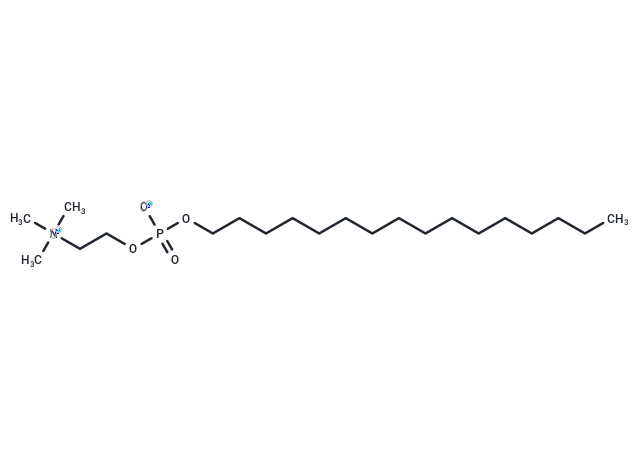Shopping Cart
Remove All Your shopping cart is currently empty
Your shopping cart is currently empty
Miltefosine (HePC) is the treatment of visceral and cutaneous leishmaniasis drug , and is proceeding clinical trials for this in several countries. Several medical agents produce some potency against visceral or cutaneous leishmaniasis, however a 2005 survey concluded that miltefosine is the only effective oral treatment for both forms of leishmaniasis.

| Pack Size | Price | USA Warehouse | Global Warehouse | Quantity |
|---|---|---|---|---|
| 50 mg | $30 | In Stock | In Stock | |
| 100 mg | $40 | In Stock | In Stock | |
| 500 mg | $89 | In Stock | - |
| Description | Miltefosine (HePC) is the treatment of visceral and cutaneous leishmaniasis drug , and is proceeding clinical trials for this in several countries. Several medical agents produce some potency against visceral or cutaneous leishmaniasis, however a 2005 survey concluded that miltefosine is the only effective oral treatment for both forms of leishmaniasis. |
| Targets&IC50 | PKC:7 μM |
| Kinase Assay | Levels of enzymatically active caspase-3 are quantified using the ApoAlert Caspase Fluorescent assay kit. Briefly, 1×106 BC-1 PEL cells are treated with 50 μM Miltefosine, 50 μM Perifosine, or 20 nM NVP-BEZ235, as well as the respective vehicle controls. Cells are harvested and lysed 12 hours later. Equivalent micrograms of cell lysate for all samples are incubated with a fluorogenic caspase-3 substrate (DEVD-AFC). Cleavage of DEVD by caspase-3 releases AFC, the fluorescence of which is measured using a FLUOstar OPTIMA fluorometer, with excitation and emission filter wavelengths set to 400 and 505 nm, respectively[3]. |
| Cell Research | 2 × 105 PEL cells are treated with the therapeutic compounds at the indicated doses or with appropriate vehicle as a negative control. Cells are followed for 96 hours, and cell viability is determined by trypan blue exclusion performed in quadruplicate. (Only for Reference) |
| Synonyms | Hexadecyl phosphocholine, HePC |
| Molecular Weight | 407.57 |
| Formula | C21H46NO4P |
| Cas No. | 58066-85-6 |
| Smiles | O(P(OCC[N+](C)(C)C)(=O)[O-])CCCCCCCCCCCCCCCC |
| Relative Density. | no data available |
| Color | White |
| Appearance | Solid |
| Storage | Powder: -20°C for 3 years | In solvent: -80°C for 1 year | Shipping with blue ice/Shipping at ambient temperature. | ||||||||||||||||||||
| Solubility Information | H2O: 10 mM, Sonication is recommended. DMSO: Insoluble | ||||||||||||||||||||
Solution Preparation Table | |||||||||||||||||||||
H2O
| |||||||||||||||||||||
| Size | Quantity | Unit Price | Amount | Operation |
|---|

Copyright © 2015-2025 TargetMol Chemicals Inc. All Rights Reserved.